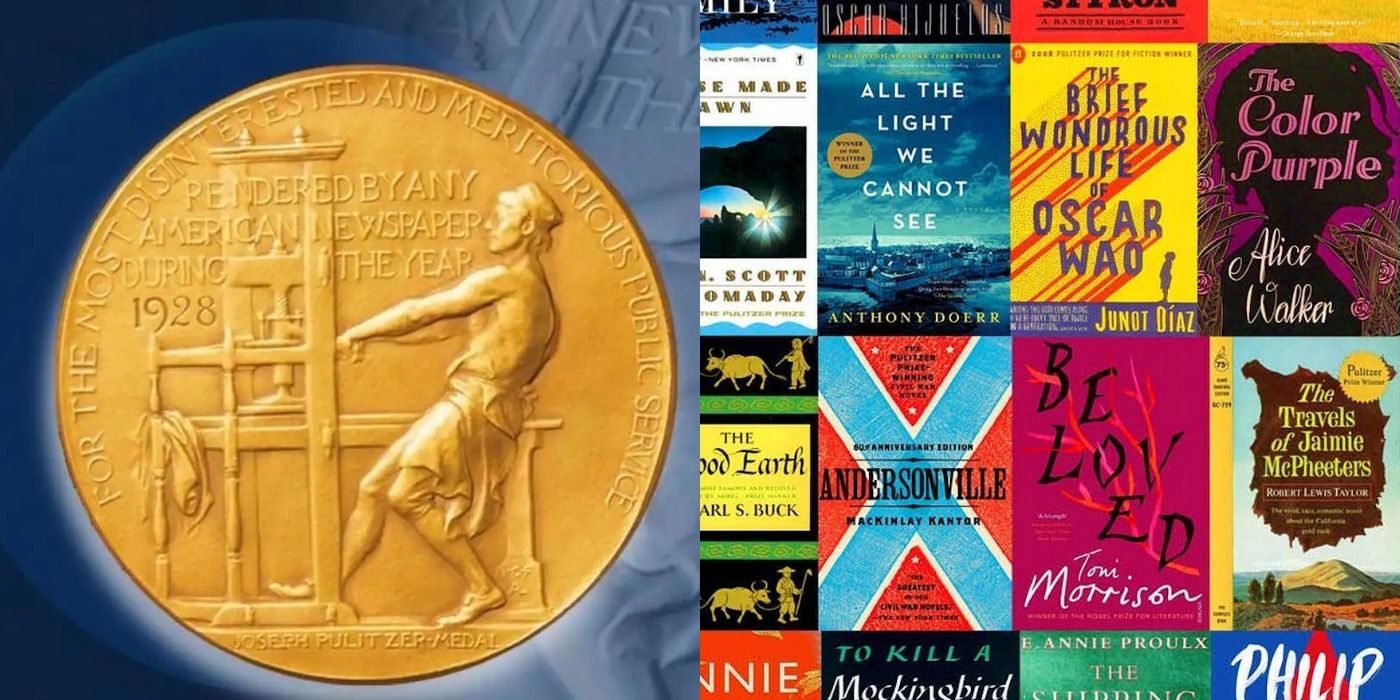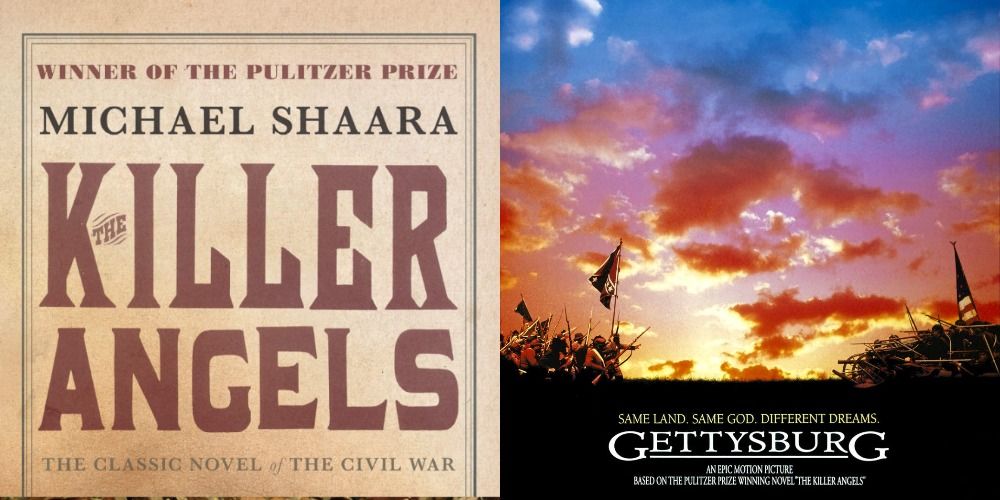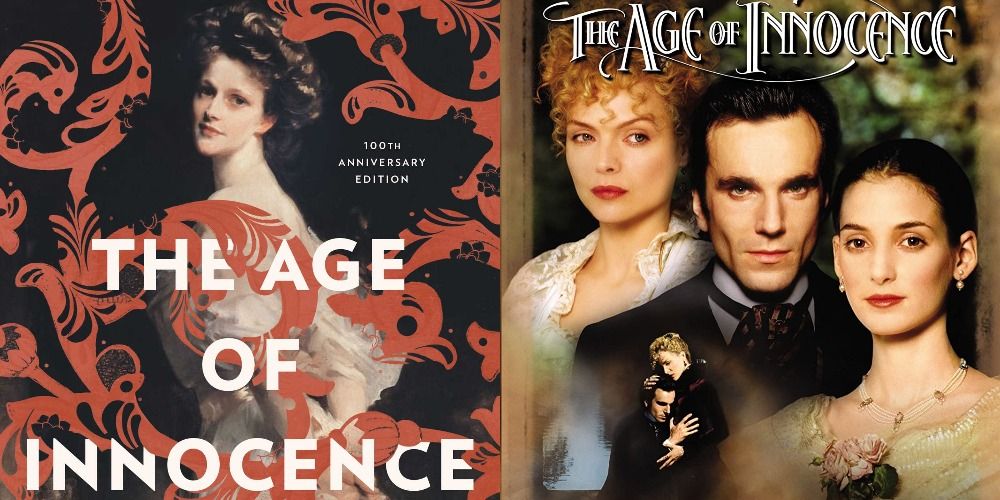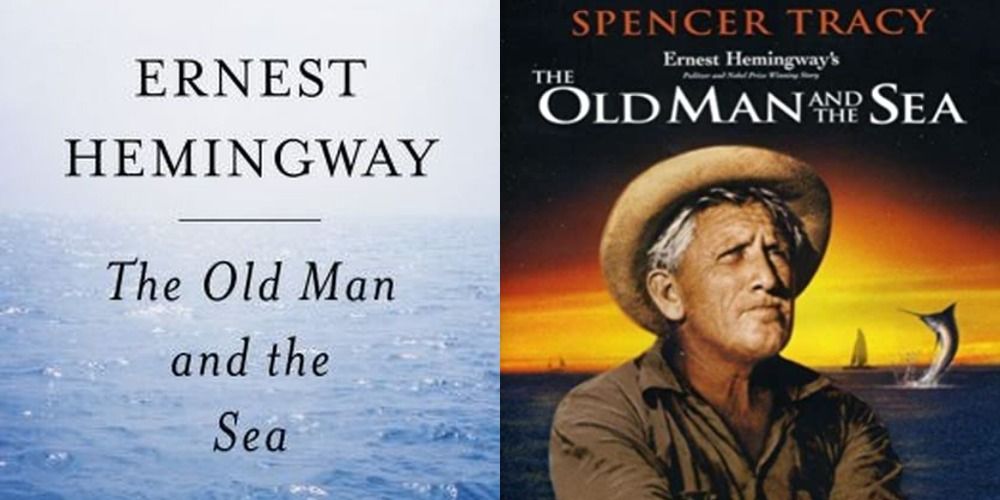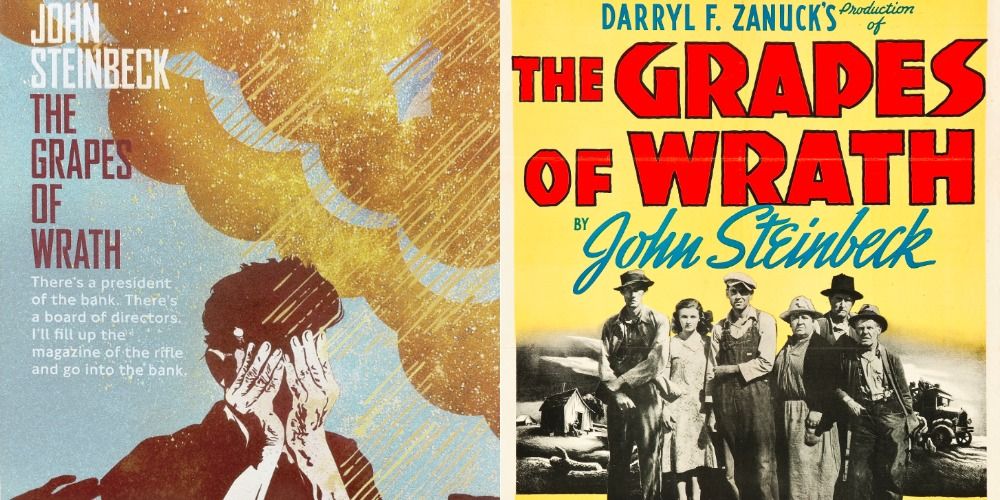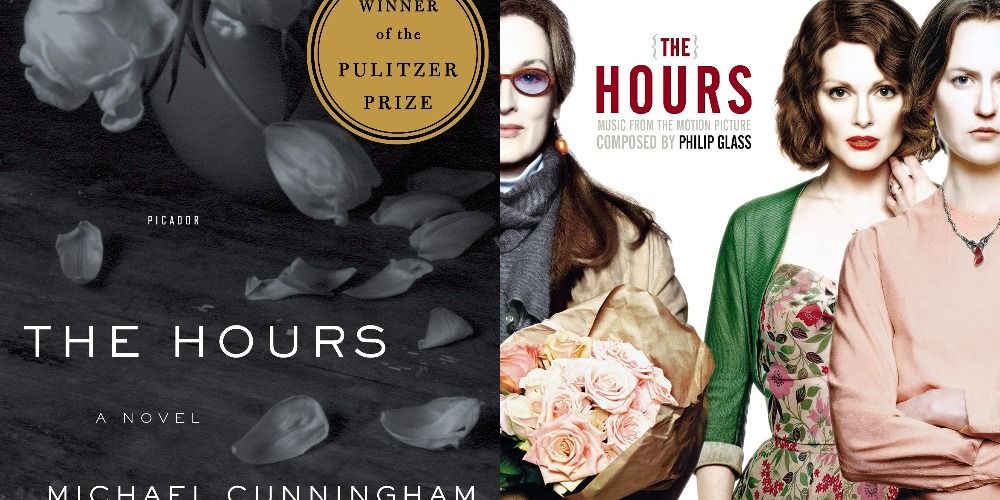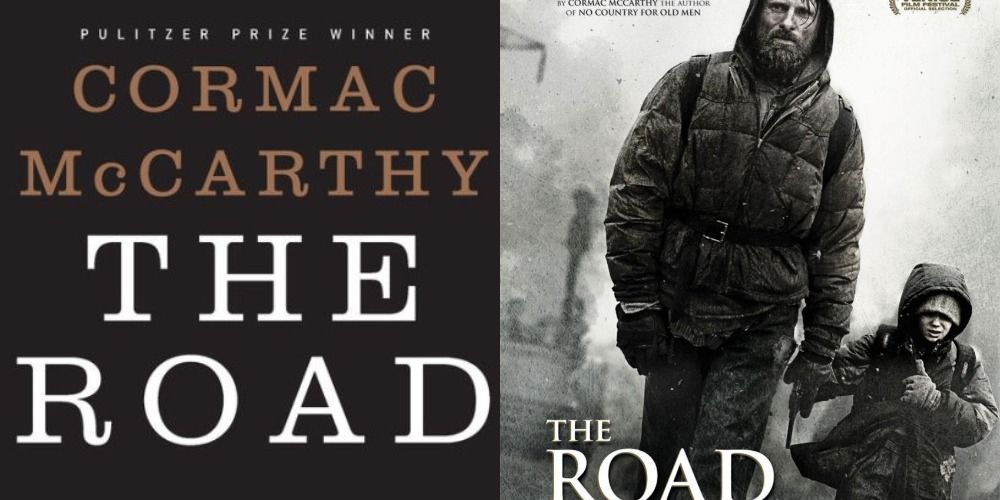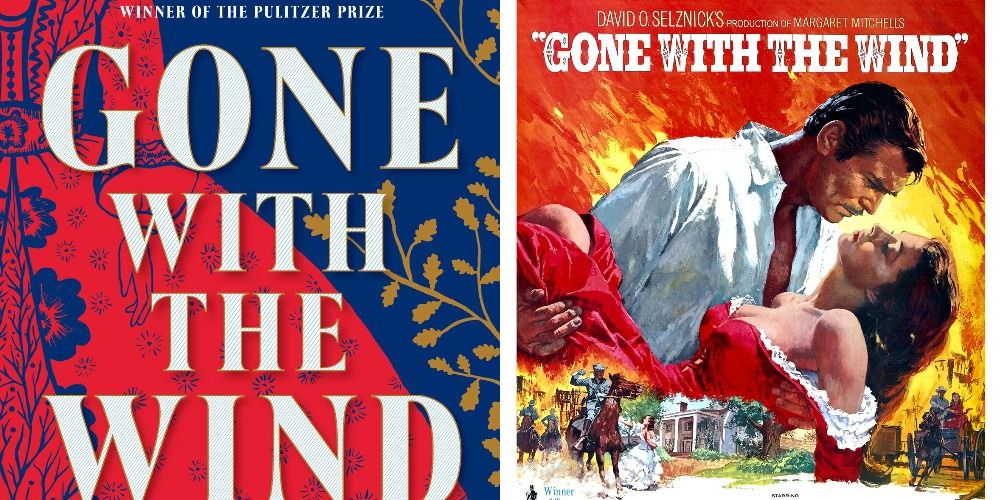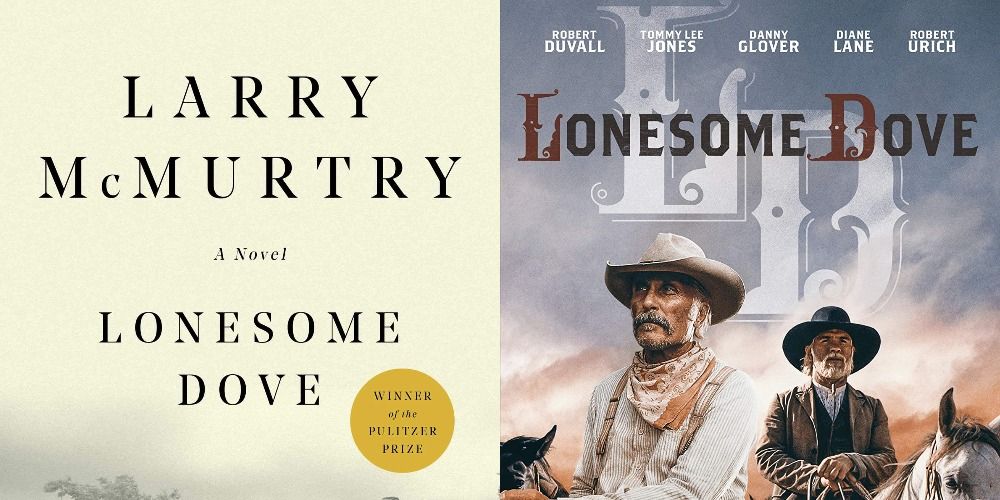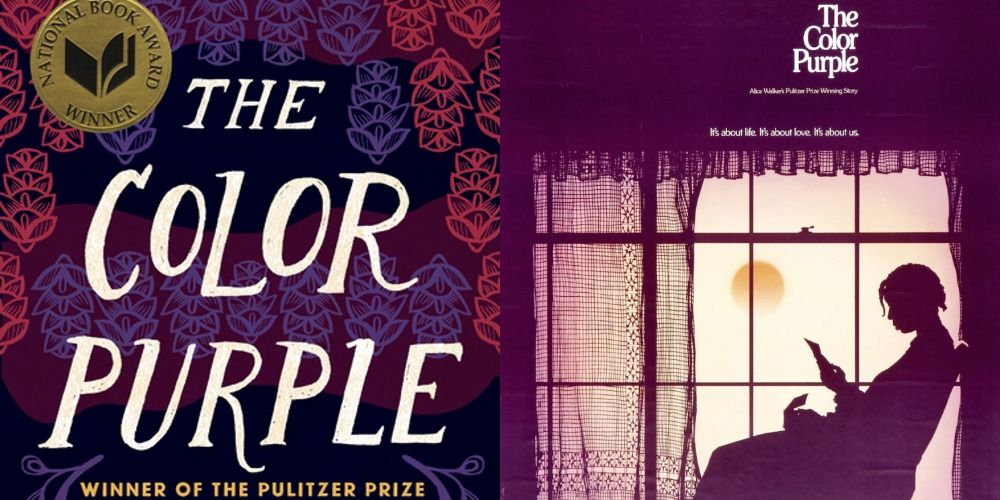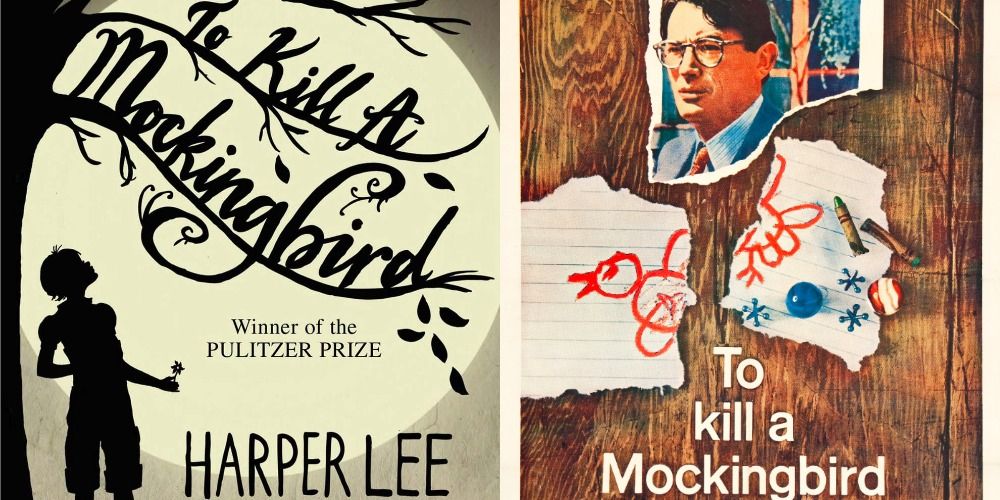The inspiration for some of the movie industry's greatest films of all time has come from many different sources: comic books, video games, music and Broadway shows, art pieces, and more; however, some of the strongest inspirations - unquestionably - come from one of the oldest artistic mediums of all time: books.
The Pulitzer-Prize winning books have been fodder for critically acclaimed and award-wining movies since the institution began giving out the coveted prize in 1948 (for literature). The prize, generated to those books about the American experience, includes the honor, praise, and a cash prize.
The Killer Angels
Michael Shaara's 1974 fiction book (McKay) The Killer Angels, is hailed as a novel that reminds readers of the horrors humankind is capable of in wartime. Shaara's novel immerses its audiences in the heart, minds, and spirits of Union and Rebel soldiers through 4 days and into the fatal Civil War. Shaara writes with a command of history that's unmatched, and the sympathetic voice he uses humanizes and softens the Rebel side, the party that receives more criticism and disdain from scholars, readers, and laypeople with themes that include death's obtrusiveness, a divided nation, and unwavering loyalty in the face of misguided command.
Ronald F. Maxwell's movie, Gettysburg, starring Tom Berenger, Jeff Daniels, Martin Sheen, and others, was adapted from Shaara's fiction book and became one of the industry's longest films, with a run-time of over 4 hours. It was positively received by critics and movie-goers alike.
The Age Of Innocence
The Age of Innocence (1920) by Edith Wharton (won 1921 - the first woman to win the coveted prize) details the account of Newland Archer, May Weeland, and May's cousin Ellen as they navigate the struggle between Gilded Age New York's societal rules and conventions against the passionate love and desire of the three characters. Wharton lends a voice to her characters, and that intensely manifests in readers the same feelings they possess, concerning the human condition's love, lust, duty, and obedience and other things that come with being human.
The irony present in the book, especially regarding Gilded Age New York and the title of the book, requires readers to ask the hard questions: to what extent are Newland, May, and Ellen 'innocent'? And to what degree are 'the good old days' innocent? Can behaviors and actions be excused with innocence? The movie from 1993 directed by Martin Scorsese also grapples with these questions as it follows Daniel Day-Lewis, Michelle Pfeiffer, and Winona Ryder bring the characters to life on screen.
The Old Man And The Sea
Ernest Hemingway's novel The Old Man and the Sea (1952 from Scribner) is recognized for its prose and plot of an old man at sea attempting to catch one more fish after a dry spell. It peers inside the physical, emotional, and mental toil of a man in his golden years who wants to prove himself as he wrestles with strong forces. It mirrors the authors' life too: his career had been in decline, and he (as the old man) was attempting to catch his fish in a great sea of literary writers to produce another classic literary work; and it worked.
Grappling with a man's honor, pride and determination, life springing forth from death, and other themes and motifs, it is no wonder that John Sturges directed the 1958 film of the same name (starring Spencer Tracy as the title character) that was well-received and a classic film.
The Grapes Of Wrath
John Steinbeck's novel from Viking (1938, won in 1940) is known and appreciated for its simple, concise, and plain language, as well as its rich description and compelling plot tracking the Joad family from Oklahoma to California in the middle and after the Dust Bowl. Steinbeck's book is a tragic social and historical commentary on the injustices of poverty, displacement, and survival.
Steinbeck's themes of altruisms' - and selfishness' - rippling effects, the restorative power of friend/fellowship, and the dignity that can be found in a man's wrath were the ingredients for the film that came later (of the same name0 by John Ford starring Henry Fonda and others.
The Hours
Michael Cunningham's 1998 novel The Hours (Farrar, Straus, & Giroux), for which he won in 1999, takes its cues from Virginia Woolf to interweave the life of her and two 20th-century American women dealing with love, inheritance, hope, and despair, as they attempt to carve out the lives they want for themselves despite various obstacles. The Hours wrestles with humans' fascination with morbidity, rigid social rules/norms/mores, and how life is infinitely more interesting than art, giving the text a very meta-feel.
The movie by the same name (2002) directed by Stephen Daldry starring Meryl Streep, Nicole Kidman, and Julianna Moore, Ed Harris, Jeff Daniels, Claire Danes, Toni Collette, Allison Janey, John C. Reilly, and Miranda Richardson was nominated for 9 Academy Awards.
The Road
Cormac McCarthy's novel (2006) about a dystopian, devastated America is a love letter between a father and son who have to traverse the destroyed landscape of the United States full of lawless bands of rogue people scavenging for food, supplies, and a way to survive. All father and son have are their own provisions, a pistol, and one another.
The book itself is a masterpiece of prose, plot, and the unbreakable bond between a parent and their child. Written with a masterful suspense, vivid imagery, and the height of symbolism, it is no surprise that The Road was adapted into a film (2009) from John Hillcoat starring Viggo Mortensen, Charlize Theron, and others that audiences and critics adored.
Gone With The Wind
Gone with the Wind (1936, won in 1937), a book of epic proportions, is a Bildungsroman-woven tale spun by Margaret Mitchell about romance, history, and the social structures of the deep South.
Mitchell's novel deals with the transformative face of the South before, during, and after the Civil War, as well as the institution of slavery, a woman's role, and the ravages of love, desire, passion, and the wrecks of substance abuse and prostitution. Her universal, timeless themes, fully fleshed characterization of the protagonists, and penmanship of the historical heartache has made Gone with the Wind one of the most cherished books and films, directed by Victor Fleming and starring Clark Gable and Vivien Leigh.
Lonesome Dove
Simon & Schuster's Lonesome Dove, (1985) by Larry McMurtry, received the prize in 1986 for its epic Western of life near the 'Texican' border that grapples with humankind's relationship to the natural world, love, lawlessness, mortality, respect/reputation, and more that make this text stand up against the test of time.
For its larger-than-life plot, combined with its look into a long-lost way of life and the things people will do to survive, Lonesome Dove became a classic 4-part television miniseries from Simon Wincer starring Robert Duvall, Tommy Lee Jones, Diane Lane, Angelica Houston, and Danny Glover.
The Color Purple
Alice Walker's searing historical fiction epistolary/confessional book from Harcourt Brace details Celie's life as she confronts verbal, physical, and sexual abuse by the men in her life, as well as the poverty-stricken home she lives in and the demands made to her by her family, friends, and society-at-large. In her letters to God, readers bear witness to Celie's bondage to a different kind of slavery.
Walker's command for narrative voice and the power she lends it, as well as the community of sisterhood, racism/sexism, and the upending of traditional gender roles has not only become a part of the American zeitgeist, but an epic drama (The Color Purple) directed by Steven Spielberg and an all-star cast including Whoopi Goldberg, Danny Glover, Oprah Winfrey, and others.
To Kill A Mockingbird
This high-school reading book from Harper Lee and Lippincott in 1960 recounts Scout, her brother, and her lawyer father in Alabama during the Depression-era South as he defends a black man on trial for the rape of a white woman.
Good and evil's coexistence, childhood innocence, law, a moral education, and other themes spill from the pages of this classic book. Lee's ability to dictate these issues and maintain a simplicity have made her worthy of the highest honor. The 1962 film from Robert Mulligan starring Gregory Peck, Mary Badham, and others was met with resounding applause.

